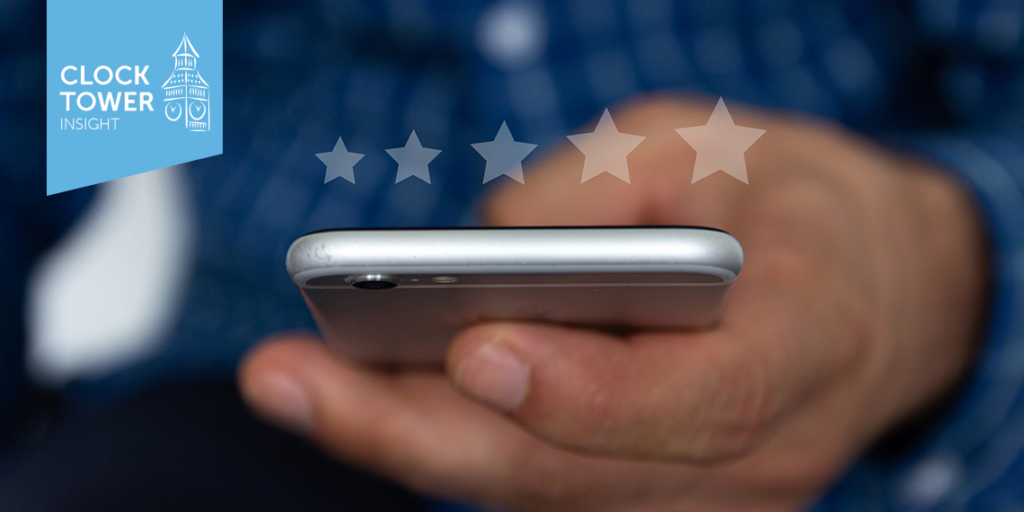Marketing used to be a relatively simple proposition: present your brand and your product in a clear, concise manner that is easy to understand. Fast forward to 2020, and the world of marketing is somewhat more complex. Social media marketing, interactive marketing materials, SEO optimization, live streams, and other digital marketing opportunities are a double-edged sword: brands have more outlets than ever to put their message out to the world, yet consumer expectations of brand behavior are all higher than ever.
With all of this in mind, this brings us to the question at hand: is your brand message aligned with customer expectations? We will aim to answer this question by defining brand message, internal and external brand alignment, the benefits of aligning brand message with customer expectations, and reviewing some easy tips to meet customer expectations.
Understanding Brand Message
Brand message can be thought of as, “the value proposition of your brand which you convey to the target audience through your brand personality to set your brand positioning.” In other words, brand message communicates the following to the public:
- Your brand’s unique selling position and/or unique value proposition
- Your brand personality
- The story of your brand including why your product exists, the history of the company, and more
- The company/brand mission statement, slogans, goals, etc.
- Who the product/service is for
That last component is perhaps the most important aspect of a successful brand message, yet it is also the most likely to be forgotten.
Internal and External Brand Alignments
Internal brand alignment stems from the organization’s understanding of its own brand. Owners, CEOs, executives, managers, and all employees should be on the same page. Are you an upstart company selling an idea of youthful energy or a bluechip selling quality above all else? Are these concepts being reflected in company policy? A prominent example of internal brand alignment is with the now-famous workplace culture of Google. Rather than placing an emphasis on traditional workplace values like mandatory hours, mandatory dress codes, etc. Google instead places the focus on performance in a work-friendly environment. The result? Happy employees, creative teams, and excellent customer service.
External brand alignment is what most of us probably think of when we imagine brand alignment. Marketing materials, packaging, and social media accounts all play a role in external brand alignment. As discussed in the previous sections, the key to any brand alignment is first honing in on a strong branding strategy. From there, it is all about the consistency of the core message and motifs to deliver a clear message to your customers.
Why Brands Need to Align with Customer Expectations
Both internal and external brand alignment are absolutely essential when it comes to meeting customer expectations. Yet they remain only half the battle. Brand message must also align with customer expectations to be truly effective. Here’s why:
Modern consumers shop with their hearts just as much as their heads. While nuts and bolts marketing has its place, modern consumers expect to get to know their favorite brands’ personalities. This means a more significant connection between brands and customers.
The aforementioned emotional connection yields greater brand results. Traditional brand metrics are best suited for traditional market methodologies. The ultimate goal for modern marketing strategies should not be simply converting prospects into sales, it should be turning consumers into loyal brand advocates. Aligning brand message with customer expectations is a critical component of reaching this ultimate goal.
Brand message alignment improves overall customer experience. When customer expectations are met or exceeded, their overall customer experience is enhanced. When customer experience is enhanced, brand health improves.
Simple Tips to Meet Customer Expectations
All of this generic talk is great, but how can marketing departments put these concepts into action? While each brand has its unique set of circumstances, here are a few ways in which brands can close the gap between customer expectations and brand message:
- Understand your core audience. Above all else, understanding customer expectations is the first step towards meeting those expectations. This can be accomplished through in-depth interviews, surveys, and/or studying relevant brand metrics.
- Identify and speak to the right audience. Of course, the right message for the wrong audience would fall on deaf ears.
- Make your brand message clear and consistent. Customers want to know what your brands stand for. Creating, conveying, and maintaining a clear brand message is a big part of meeting customer expectations.
- Utilize the customer feedback loop. Last but not least, listen to your customers: good and bad. The customer feedback loop allows brands to understand what their customers want and how to deliver on those expectations.
Clock Tower Insight Offers Cutting Edge Brand Solutions
At Clock Tower Insight, we turn data into business solutions. By maximizing brand positioning, CX management, moments of influence, and more, we help build our clients’ brands in the short and long term. Clock Tower Insight believes that happy customers equal a happy business. We work closely with clients to tailor their brand from top to bottom in order to maximize positive image, exposure, and sales.
To learn more about how we may be able to help your business grow, read about our 15 plus years of focused experience working with brands such as Starbucks, Kraft, McDonald’s, and much more.

